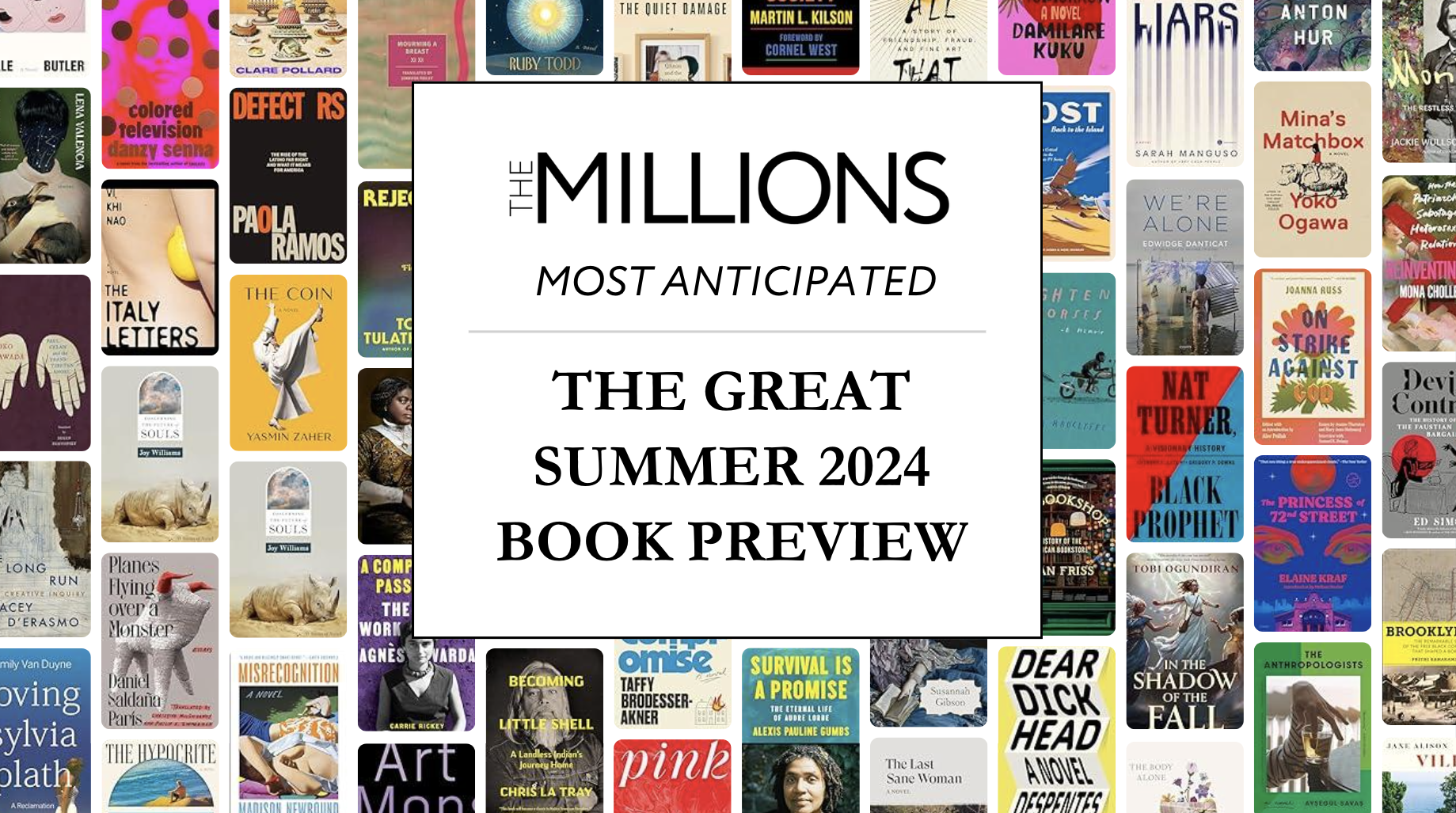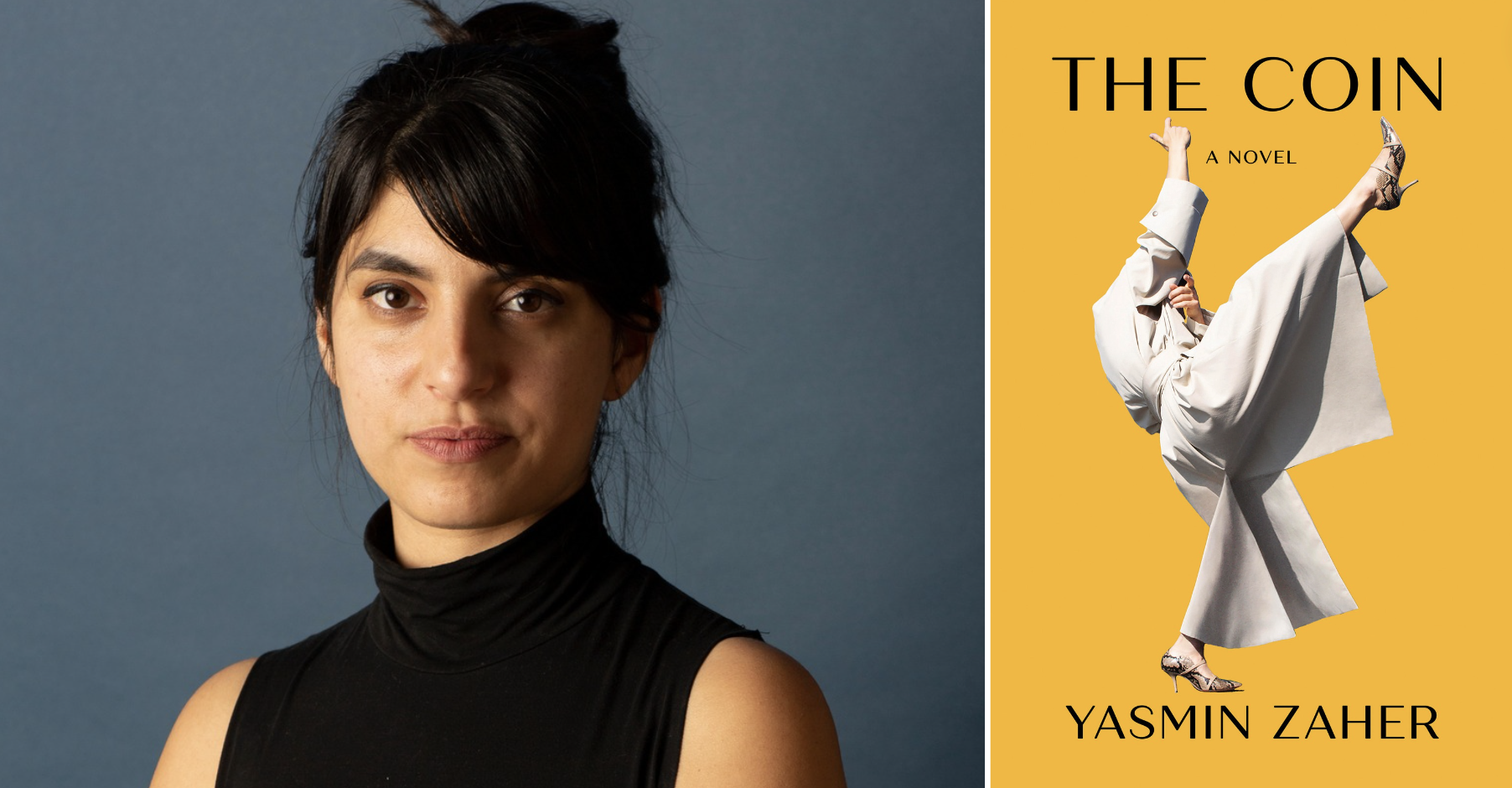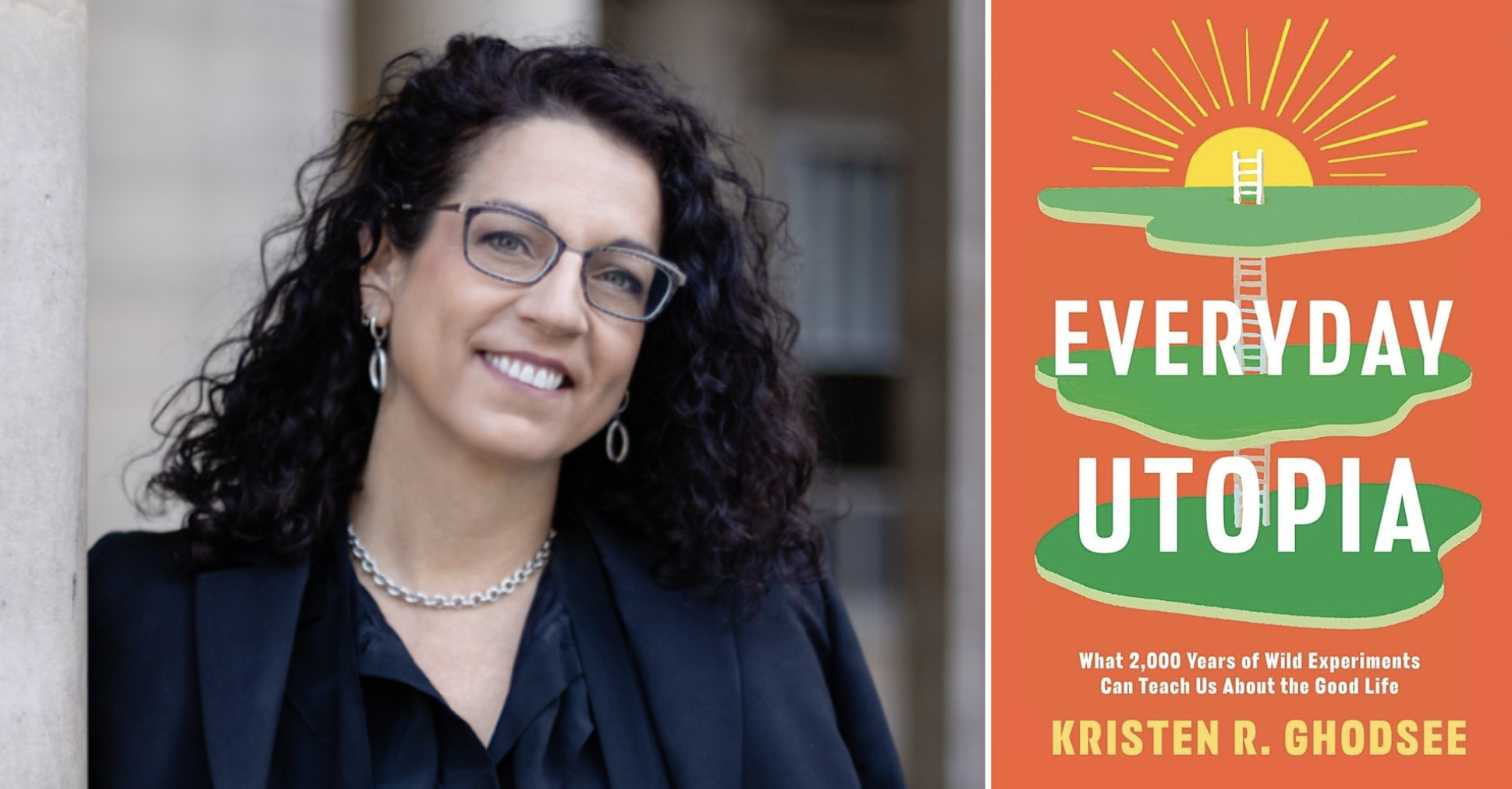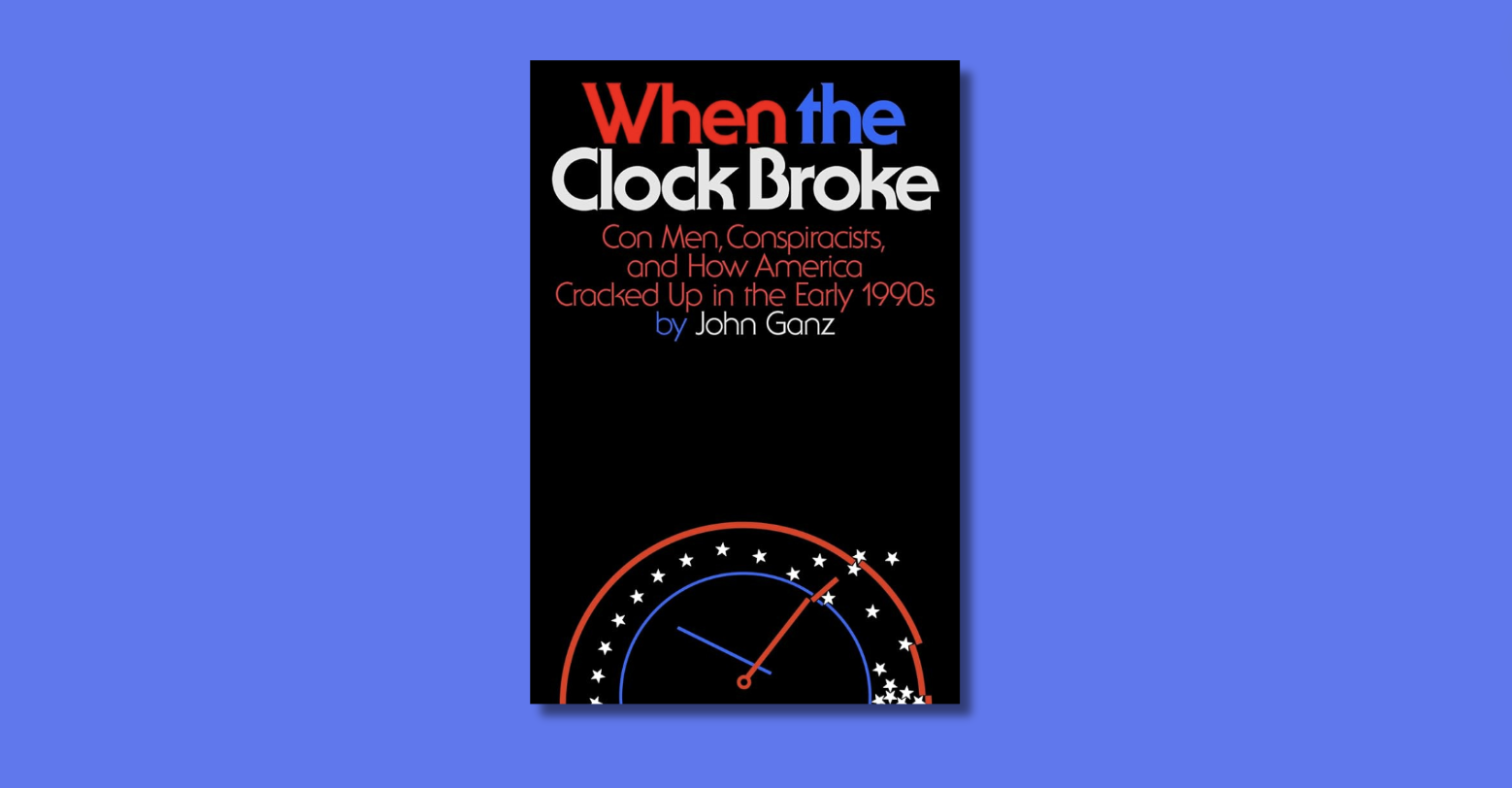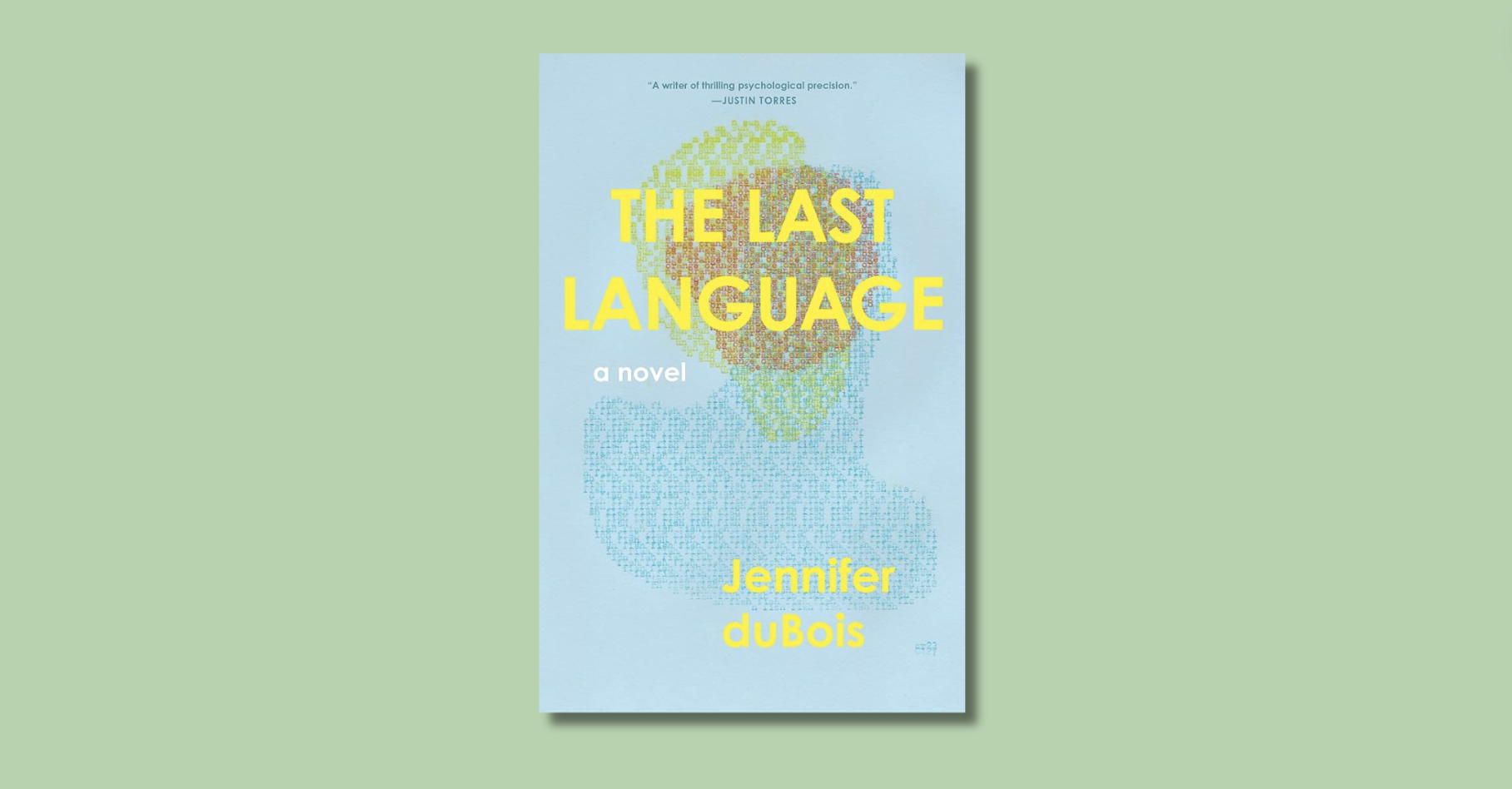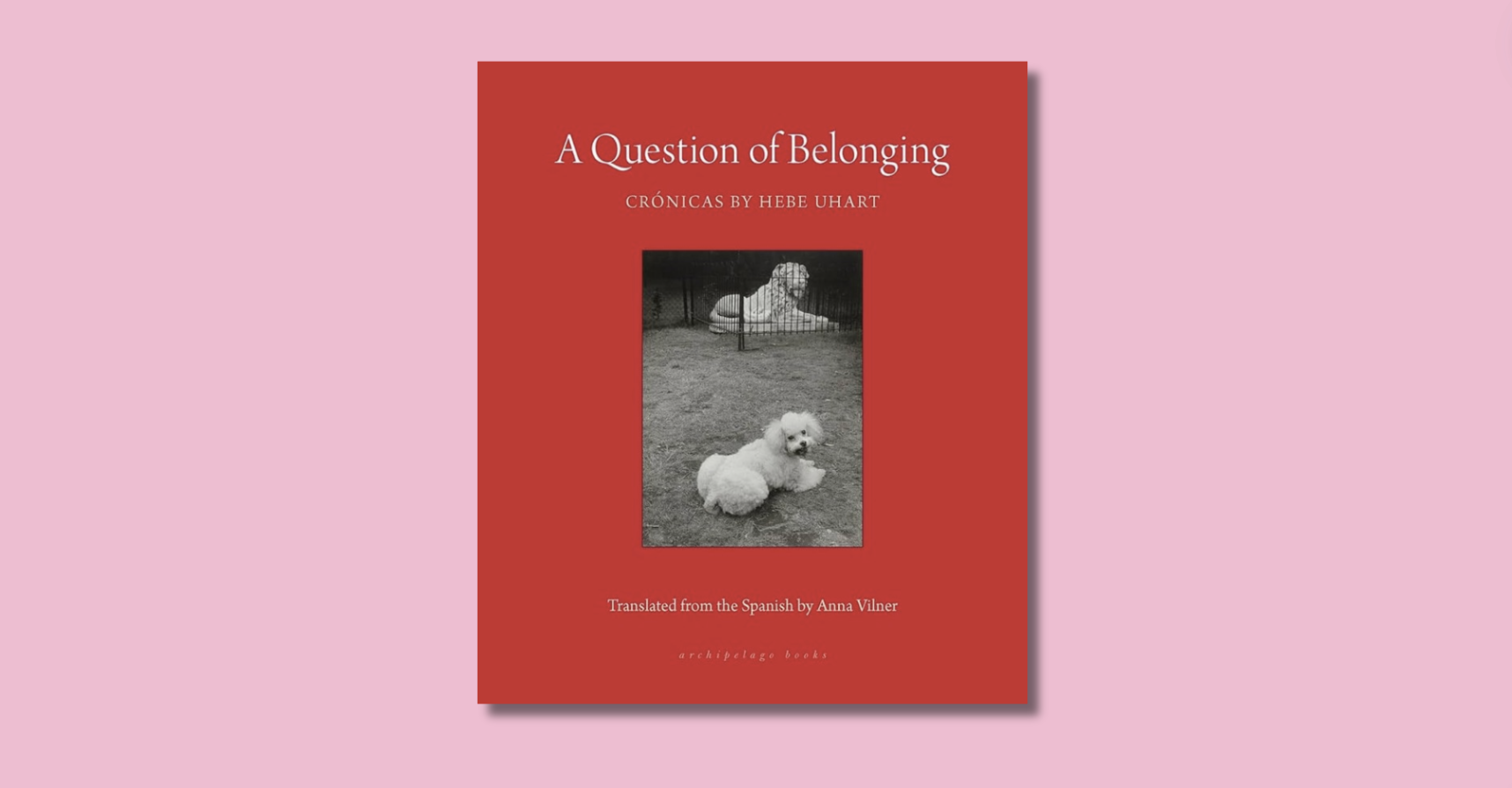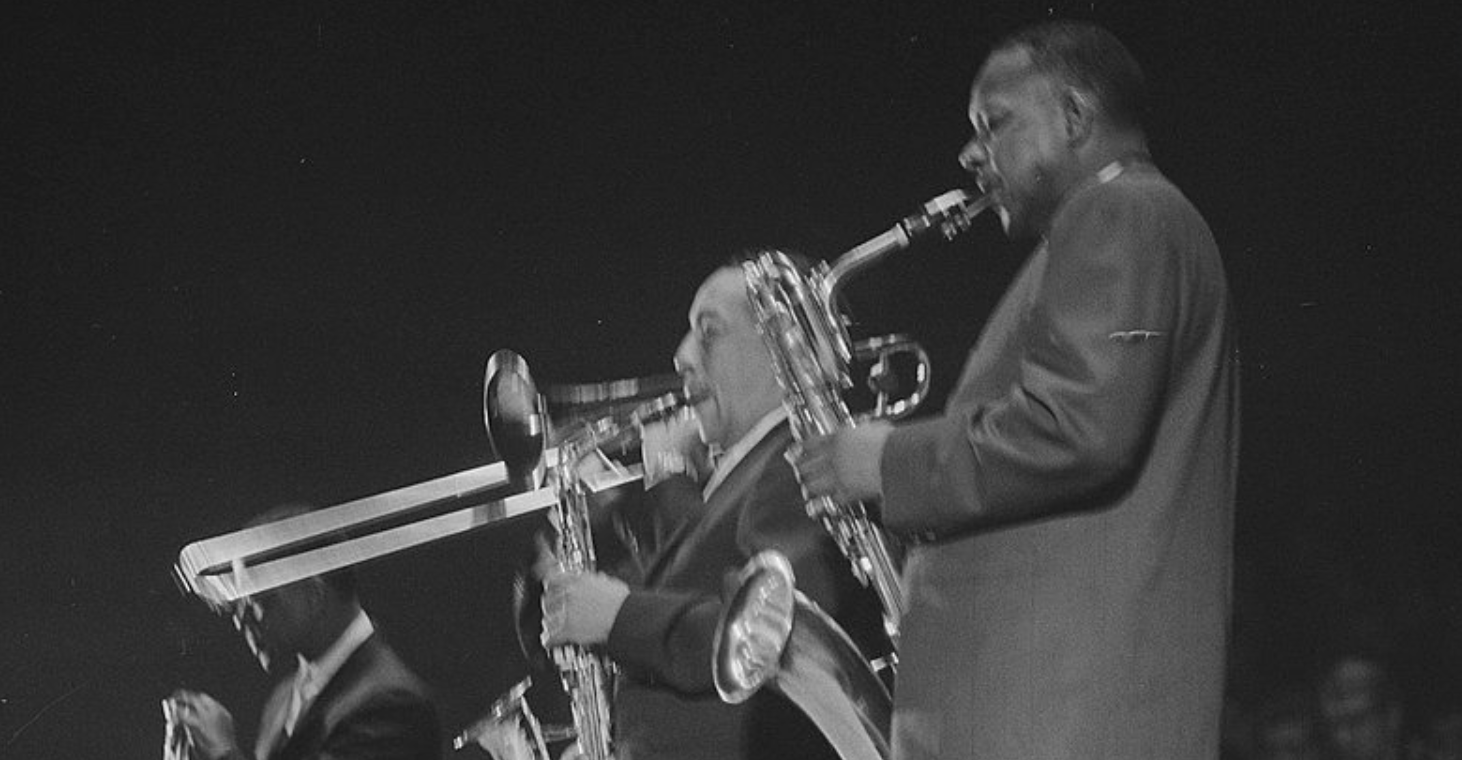1.
In a 1978 debate with William Gass at the University of Cincinnati, John Gardner said the fiction of Anthony Trollope is rarely taught “because it’s all clear.” In contrast, “every line of Thomas Pynchon you can explain because nothing is clear.” The result: “the academy ends up accidentally selecting books the student may need help with. They may be a couple of the greatest books in all history and 20 of the worst, but there’s something to say about them.” Gardner warned that “The sophisticated reader may not remember how to read: he may not understand why it’s nice that Jack in the Beanstalk steals those things from the giant.”


 Neither Gardner nor any other single critic is the final word on what belongs in a classroom, but I admit some deference to his voice. His books The Art of Fiction and On Becoming a Novelist were influential to me as a young writer, and his playful debate with Gass has been invaluable in showing my students the tension within American fiction during the late ’70s. Yet Gardner’s polemical On Moral Fiction soured me a bit. He opted for a bullhorn where a flute might have been more appropriate. Gardner’s critical shouting was a show, a way to carve out a niche for his own literary identity. In a later interview with The New Orleans Review, Gardner is more measured: he calls Pynchon “a brilliant man, but his theory of what fiction ought to do is diametrically opposed to mine, and while I think he’s wonderful and ought to be read — besides which it’s a pleasure — I don’t want anybody confusing him with the great artists of our time. He’s a great stunt-man.”
Neither Gardner nor any other single critic is the final word on what belongs in a classroom, but I admit some deference to his voice. His books The Art of Fiction and On Becoming a Novelist were influential to me as a young writer, and his playful debate with Gass has been invaluable in showing my students the tension within American fiction during the late ’70s. Yet Gardner’s polemical On Moral Fiction soured me a bit. He opted for a bullhorn where a flute might have been more appropriate. Gardner’s critical shouting was a show, a way to carve out a niche for his own literary identity. In a later interview with The New Orleans Review, Gardner is more measured: he calls Pynchon “a brilliant man, but his theory of what fiction ought to do is diametrically opposed to mine, and while I think he’s wonderful and ought to be read — besides which it’s a pleasure — I don’t want anybody confusing him with the great artists of our time. He’s a great stunt-man.”
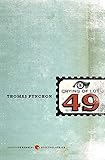 I end my senior AP Literature course with the stunt man. The first text I give my students is Gass and Gardner’s debate; we finish with The Crying of Lot 49 by Pynchon. Between Gardner and Pynchon, the students read a significant amount of poetry, as well as novels by Graham Greene, Toni Morrison, Don DeLillo, William Faulkner, and plays by Eugène Ionesco and Jean-Paul Sartre. I end with Pynchon because his fiction is difficult, dated, and frustrating: exactly what my students need to read before they go to college.
I end my senior AP Literature course with the stunt man. The first text I give my students is Gass and Gardner’s debate; we finish with The Crying of Lot 49 by Pynchon. Between Gardner and Pynchon, the students read a significant amount of poetry, as well as novels by Graham Greene, Toni Morrison, Don DeLillo, William Faulkner, and plays by Eugène Ionesco and Jean-Paul Sartre. I end with Pynchon because his fiction is difficult, dated, and frustrating: exactly what my students need to read before they go to college.
2.
Difficult, dated, and frustrating requires some explanation.
Pynchon is difficult because of his syntax. Consider the first sentence of The Crying of Lot 49: “One summer afternoon, Mrs. Oedipa Maas came home from a Tupperware party whose hostess had put perhaps too much kirsch in the fondue to find that she, Oedipa, had been named executor, or she supposed executrix, of the estate of one Pierce Inverarity, a California real estate mogul who had once lost two million dollars in his spare time but still had assets numerous and tangled enough to make the job of sorting it all out more than honorary.” Pynchon’s sentences are labyrinthine and recursive: full of noise. As his sentences become paragraphs, and his paragraphs span pages, the novel becomes a whirlwind of paranoia; a test of a reader’s endurance and patience.
Pynchon is dated. The novel’s first chapter contains references to The Shadow and Lamont Cranston, parodies of television legal dramas and ’60s local radio station DJs, and Timothy Leary’s consciousness-bending theories. The next chapter introduces Miles, a manager of a local motel, who is “maybe 16 with a Beatle haircut and a lapelless, cuffless, one-button mohair suit,” whose band is called “The Paranoids.”

 Pynchon is frustrating. Although my students read difficult books, ranging from Morrison’s layered representation of trauma in Beloved to DeLillo’s absurd mash-up of linguistics and football in End Zone, each previous novel builds toward a resolution. Pynchon tricks, trips, and nearly pummels the reader with herrings of every color. Oedipa’s search is continually diverted with distractions, and that’s before she learns of The Tristero or Trystero, the multinational, historical conspiracy that has culminated in an underground postal system, W.A.S.T.E.
Pynchon is frustrating. Although my students read difficult books, ranging from Morrison’s layered representation of trauma in Beloved to DeLillo’s absurd mash-up of linguistics and football in End Zone, each previous novel builds toward a resolution. Pynchon tricks, trips, and nearly pummels the reader with herrings of every color. Oedipa’s search is continually diverted with distractions, and that’s before she learns of The Tristero or Trystero, the multinational, historical conspiracy that has culminated in an underground postal system, W.A.S.T.E.
Pynchon has written six novels since The Crying of Lot 49, so why teach this early book that Pynchon himself said was a work “in which I seem to have forgotten most of what I thought I’d learned up till then?” Because I know that students, pushed by a teacher who believes in them, will rise to the difficulty of the material presented.
3.
We read Pynchon for the same reasons that others might not.
Pynchon’s difficult syntax forces students to juggle two methods of reading: reading for language, and reading for content. That previously quoted first sentence has a lot of noise, but it is not cacophonic. Pynchon’s convoluted syntax mirrors Oedipa’s increasingly chaotic world. His sentences force students to rethink their assumptions about the purposes of not only traditional prose, but also experimental language. I do not intend Pynchon’s work to convert them to more postmodern interests in literature; rather, Pynchon’s fiction is like a literary workout that forces them to build from the ground up as readers. When students read easier works of literature, they might become deluded into thinking that all language is employed in the service of clear communication. Pynchon’s paradoxes make them return to other, non-literary texts with a bit more skepticism and independent thinking.
Although Pynchon’s references and comedic timing within The Crying of Lot 49 might feel dated, the novel helps students understand mid-’60s American fiction, particularly work from the West Coast. One might update the curiously self-deprecating band The Paranoids for our present as Big Data, a Brooklyn-based act founded by Harvard graduate Alan Wilkis. In a recent interview with NPR, he spoke about his “paranoid electronic pop project,” and how “I wouldn’t be here if it weren’t for the Internet.” Big Data’s great debut album, 2.0, leads with “The Business of Emotion,” a send-up of the “Facebook mood experiments:” “Feel good, make you feel good / I’m looking for emotion so I know just what to show you.” Students realize that, more and more, they are becoming Oedipa, buried in data: “They knew her pressure points, and the ganglia of her optimism, and one by one, pinch by precision pinch, they were immobilizing her.”
Finally, student frustration with Pynchon evolves into curiosity. Rather than becoming angry at Pynchon’s lack of linear progression and profluence, students are often intrigued by his parlor tricks. For years they have been taught to unearth and discover meaning in texts — English educators love to use manual labor metaphors, but don’t always want to get their hands dirty — yet The Crying of Lot 49 makes students consider what happens when a work of art might not have any traditional secrets to reveal. The movement toward skills-based education in the humanities has also created an effort-return mentality: the expectation that a text can, or should, be distilled into a single sentence. Don’t we want students who know how to handle messes?
4.
There are many other difficult novels that could fit the aforementioned criteria. What is special about Pynchon and The Crying of Lot 49?


 Published in 1965, Pynchon’s novel fits nicely within the decade of media theorist and “electronic prophet” Marshall McLuhan’s essential works: The Gutenberg Galaxy (1962), Understanding Media (1964), and The Medium is the Massage (1967). As Mark Greif notes in The Age of the Crisis of Man, his excellent consideration of American fiction between 1933 and 1973, “Pynchon [puts] a TV set in every room of his fiction — often to drive the action.” McLuhan’s “electric light” illuminates Pynchon’s fiction.
Published in 1965, Pynchon’s novel fits nicely within the decade of media theorist and “electronic prophet” Marshall McLuhan’s essential works: The Gutenberg Galaxy (1962), Understanding Media (1964), and The Medium is the Massage (1967). As Mark Greif notes in The Age of the Crisis of Man, his excellent consideration of American fiction between 1933 and 1973, “Pynchon [puts] a TV set in every room of his fiction — often to drive the action.” McLuhan’s “electric light” illuminates Pynchon’s fiction.
Oedipa is the protagonist that McLuhan might dream of, a woman thrust into an electronic world she did not create but is forced to understand. Early in the novel, Oedipa and Metzger, her part-time lover, part-time legal mentor, visit The Scope, a nightclub on the outskirts of Los Angeles with “a strictly electronic music policy.” A “hip graybeard” explains “They put it on the tape, here, live, fella. We’ve got a whole back room full of your audio oscillators, gunshot machines, contact mikes, everything man.” As Oedipa drives through San Narciso on a Sunday, “She looked down a slope, needing to squint for the sunlight, onto a vast sprawl of houses which had grown up all together, like a well-tended crop, from the dull brown earth; and she thought of the time she’d opened a transistor radio to replace a battery and seen her first printed circuit.” Oedipa’s world is wholly electronic; in fact, considering Pynchon’s sensibility as a jester-Catholic, holy electronic.
My students watch McLuhan’s 1976 appearance on The Today Show and are entertained by his dissection of the presidential debate between Gerald Ford and Jimmy Carter. “I never saw a more atrocious misuse of the TV medium,” he quips, and calls the moment when the sound cut during the debate a “rebellion of the medium against the bloody message.” If the bloody message is linear, progressive, and climactic storytelling, Pynchon’s novel is rebellion through performance. Greif notes that “‘Man’ as a being and a concept is put into jeopardy for Pynchon, not first by high-technological machines or weapons but by the use of ordinary materials and the creation of mundane objects — the changing status of the parts of men, and the insertion of inanimate things into their bodies and daily habits.” I don’t want students to smash their iPhones, but I do want them to think twice about what type of data they offer their devices.
At its worst, Pynchon’s prose is a beautiful failure. At its best, Pynchon’s prose is revelatory. I agree with Greif that, in the end, The Crying of Lot 49 and Pynchon’s canon as a whole are concerned with data: “whether remains are transmitted beyond each individual communication, buried in the material facts of the founding of the system of communication, and whether this residue may shadow and smudge the prospect of those who join such a system, without them even knowing it.” Not a bad lesson for students to learn, somewhere between thinking of giants, beanstalks, and other noise.
